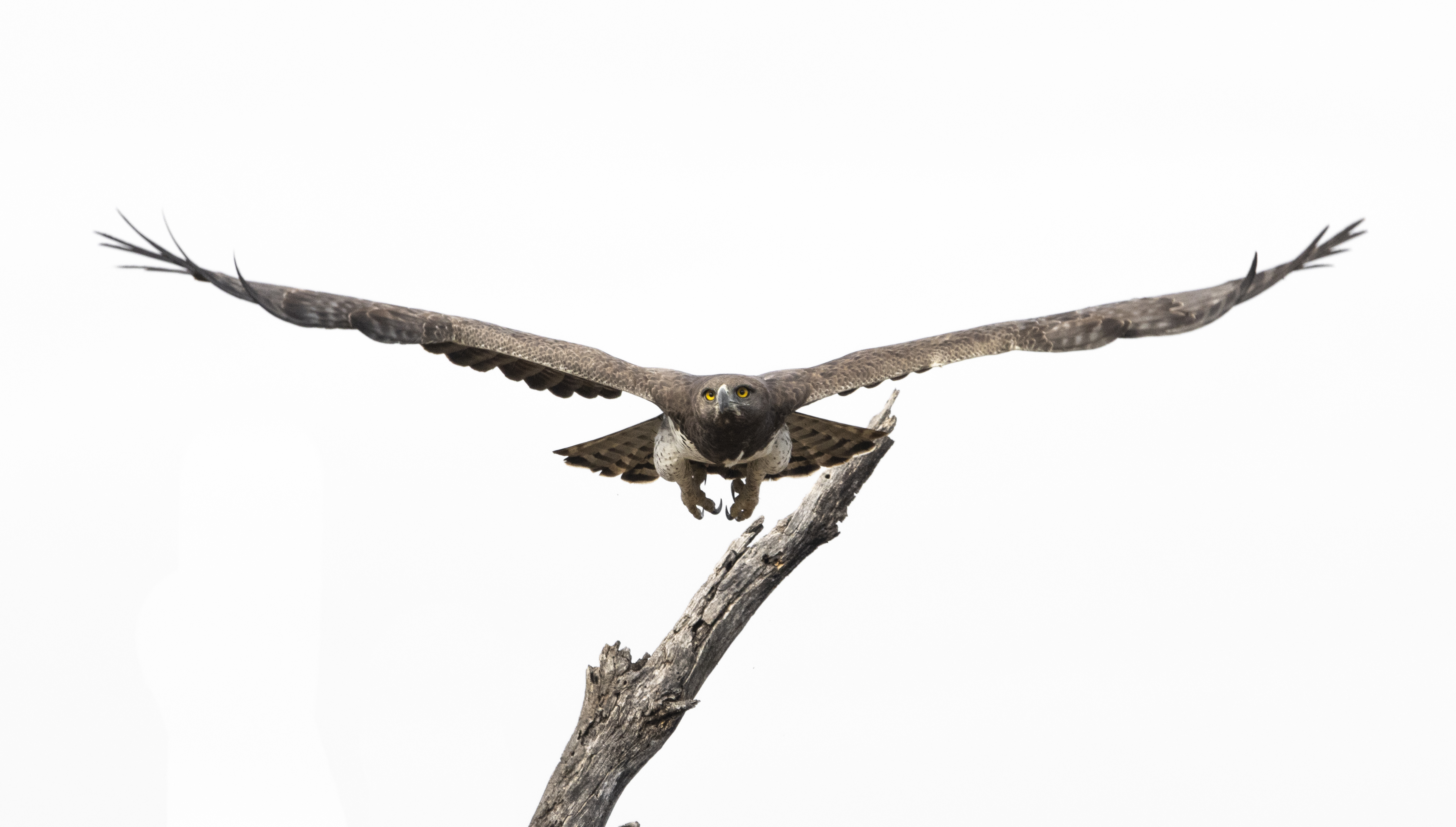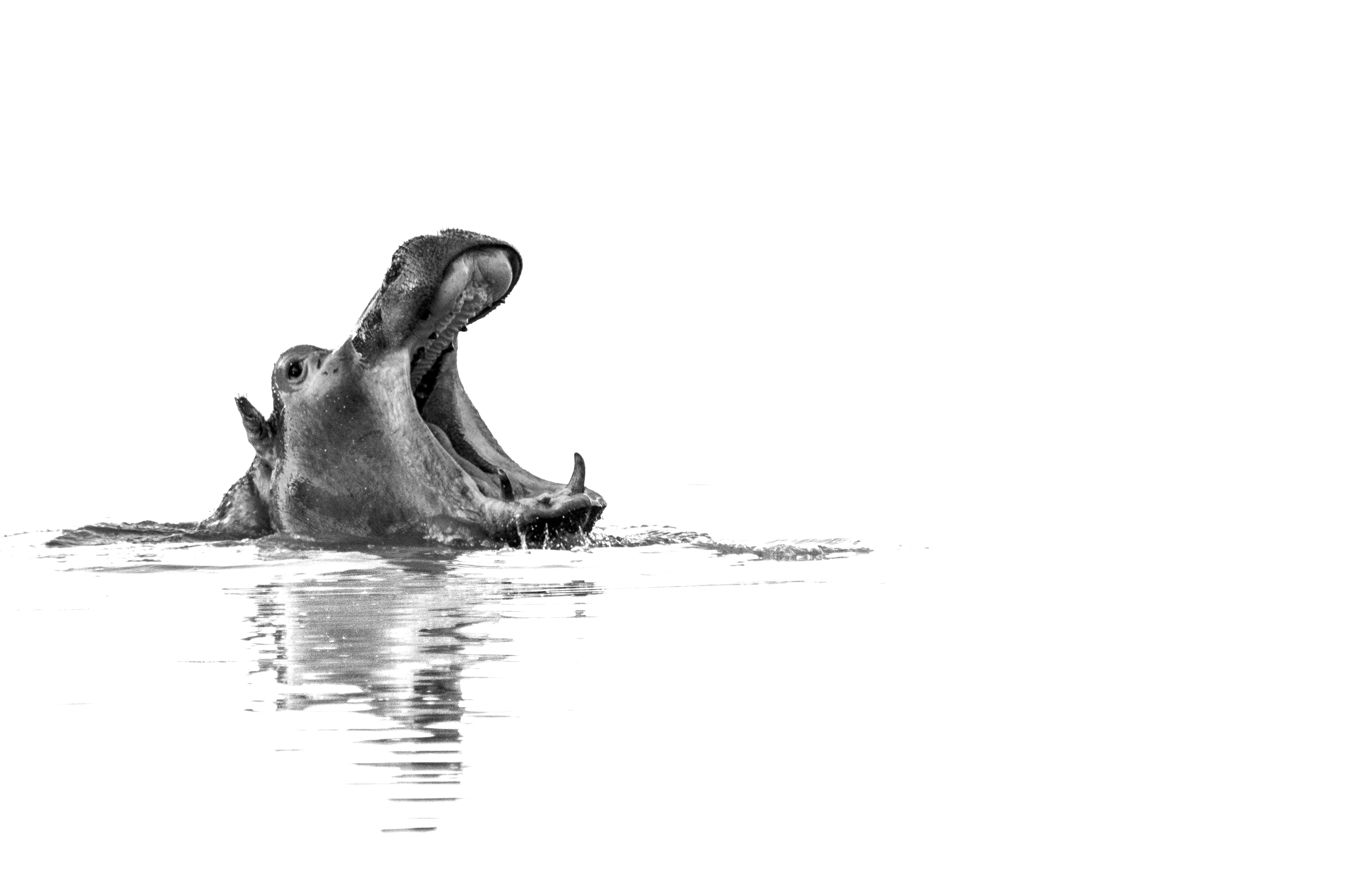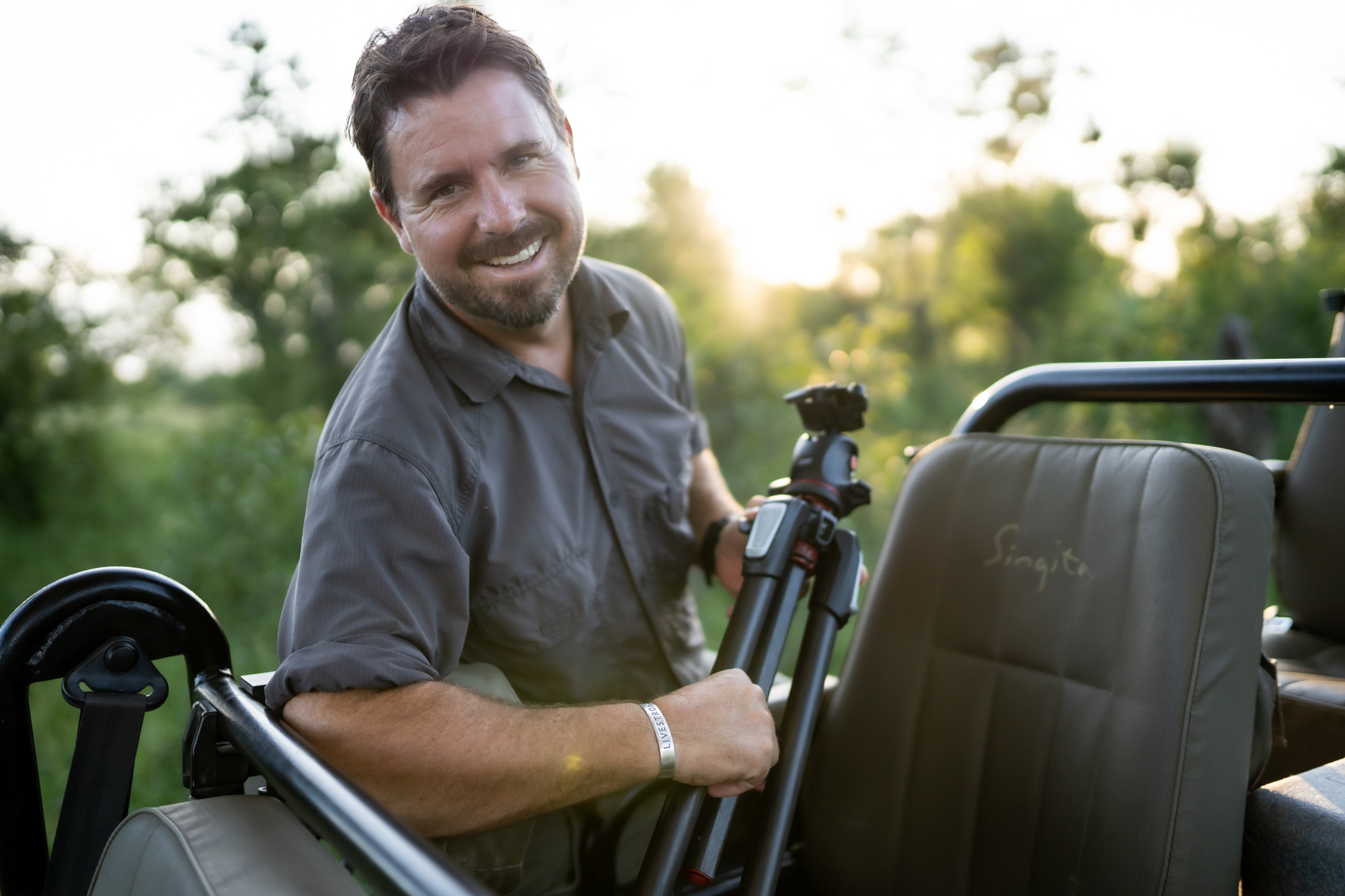Earlier this year Jaime Freeman was announced as the Young South African Photographer of the Year. Freeman’s work combines technical skill with a fresh, youthful perspective that stands out in the competitive field of photography. His recognition as the Young SAPOTY Winner not only celebrates his current accomplishments but also heralds a promising future in the world of photography.
Please tell us a little about yourself.
My name is Jaime Freeman, and I’m a 17-year-old wildlife photographer from South Africa. I have loved nature my entire life, and about 4 years ago, I found my passion for photographing the natural world. In 2022, I was awarded the Youth In Africa winner of the 2022 Benjamin Mkapa African Wildlife Photography Awards. I am also one of the proud admins of the Young Wildlife Photographers of Southern Africa group – which is an incredible community of like-minded wildlife photographers and nature enthusiasts, and a place to learn and share anything and everything relating to wildlife photography.
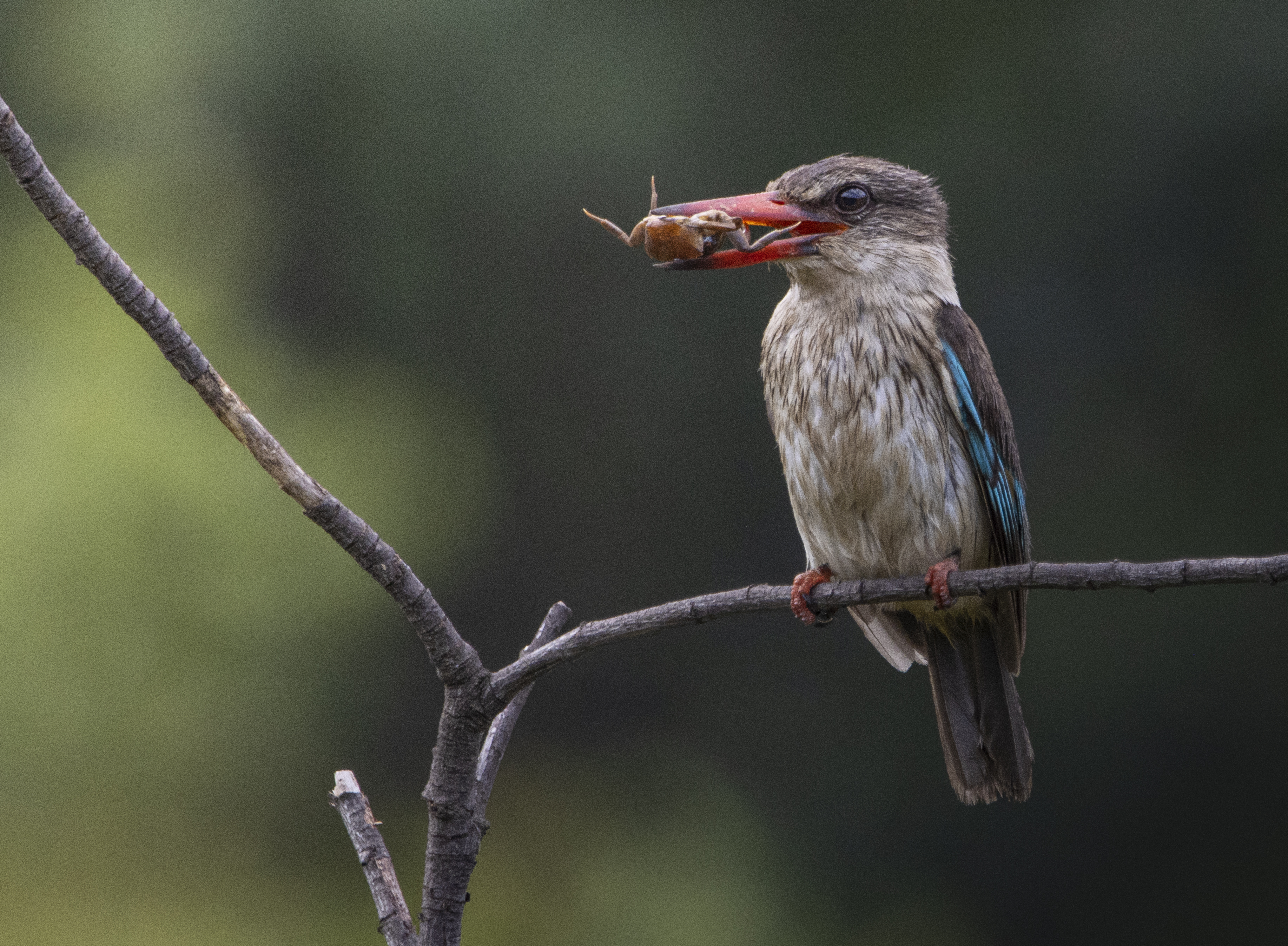
How did you first get into bird photography?
I first picked up a camera in 2020 on a bush trip, and I messed around trying to photograph whatever I could find. I instantly fell in love with the idea of capturing the beauty of the natural world, and I’ve been shooting ever since.
What inspired you to enter the SAPOTY competitions?
I found out about the SAPOTY competition through YWP (the group I mentioned above), and I decided to try my luck and enter a few images.
How does it feel to be named the Youth winner of the competition?
I can’t begin to explain how incredibly honoured I feel to have won this incredible award and title. It is something I had only ever dreamed of, but I am very proud to say that it is now a reality.
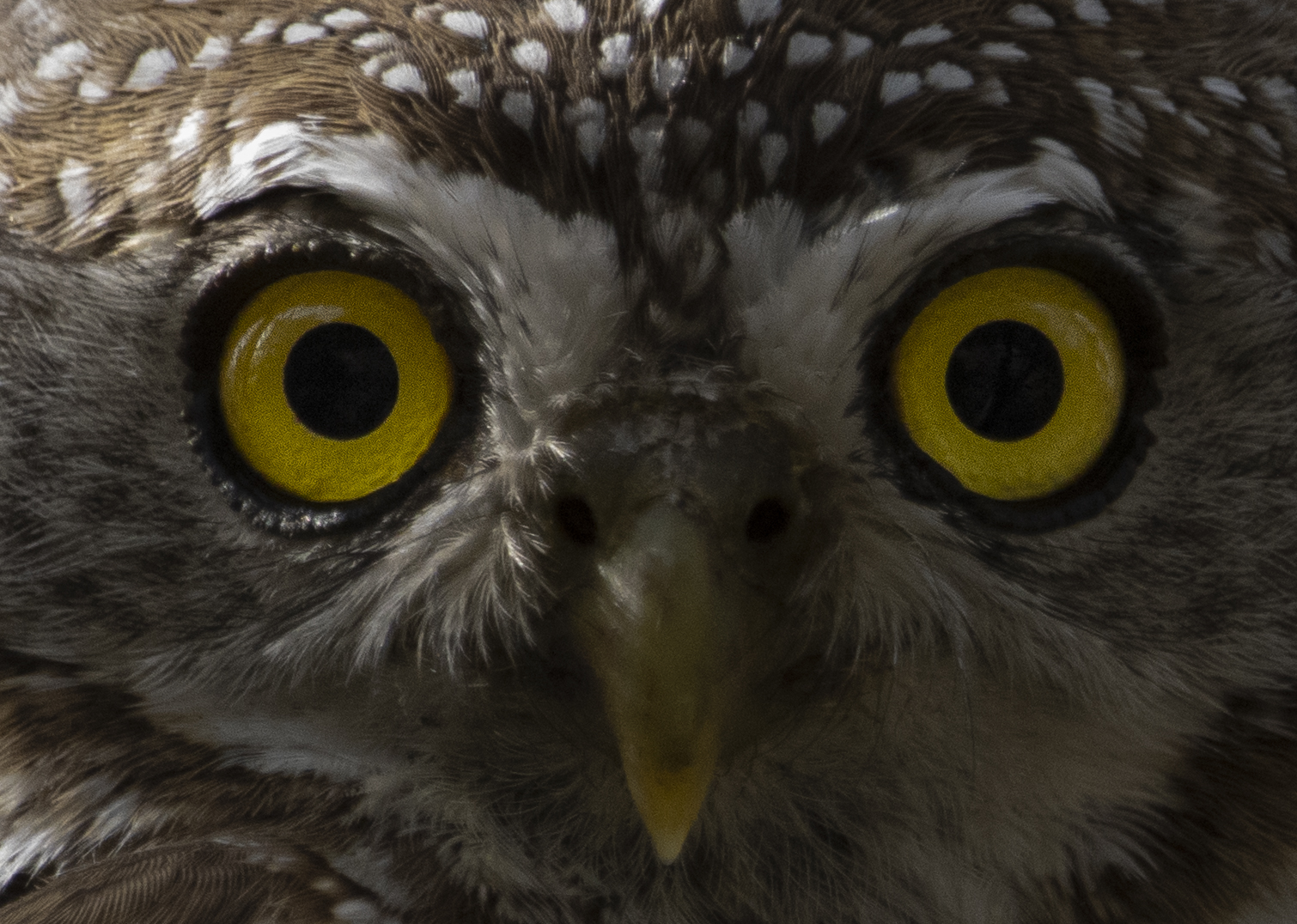
Can you share some of your most memorable photography experiences?
Out of the thousands of hours that I’ve spent out in nature, it is difficult to choose some of my favourite memories, however, here are some that come to mind:
Watching a lioness eating an impala carcass in a tree, originally caught by a leopard, who sat and watched helplessly from the top of the very same tree. All the while the rest of the pride waited at the bottom of the tree, in hopes of the carcass falling down
Climbing and waiting hours in a thorn tree, to get my dream photograph of an African Barred Owlet.
Photographing a male Drakensberg Rockjumper, collecting food for his chicks.
What kind of camera and lenses do you typically use for bird photography?
My setup used to consist of the Canon 90D with the Sigma 150-600mm Contemporary lens. However, since winning the Canon R7 as a part of my award, I have been shooting with that instead.
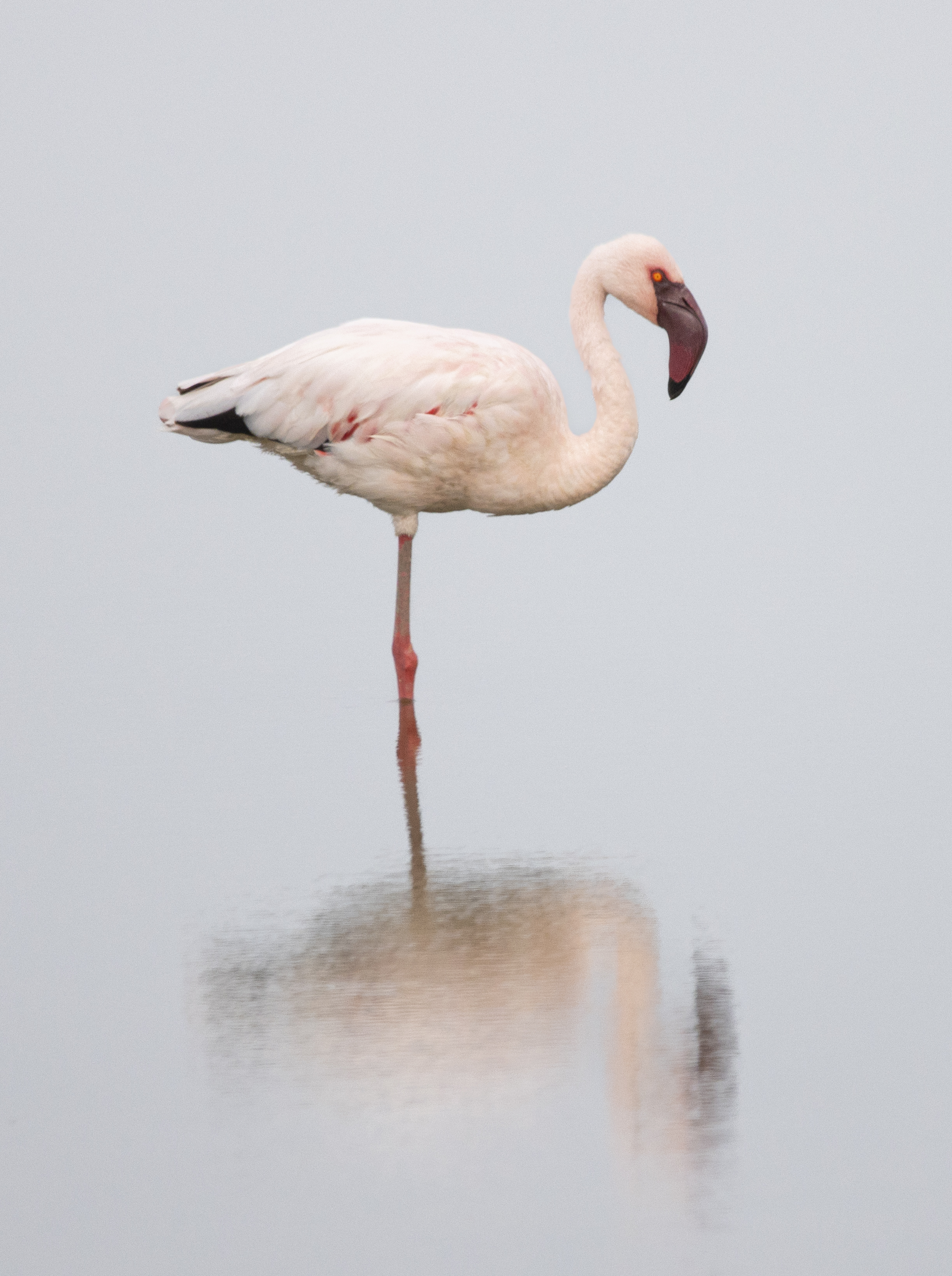
How do you prepare for a shoot?
There isn’t much preparation for going on a nature shoot. I just make sure my batteries are charged, my gear is clean, and I bring enough water with me. Other than that, everything is left for nature to prepare.
What techniques do you use to get the best shots of animals in their natural habitat?
Photographing wildlife in their natural habitat can be very difficult. The most important things are patience, and respecting the creature’s space. That along with correct timing and location, is the best recipe for a successful photograph.
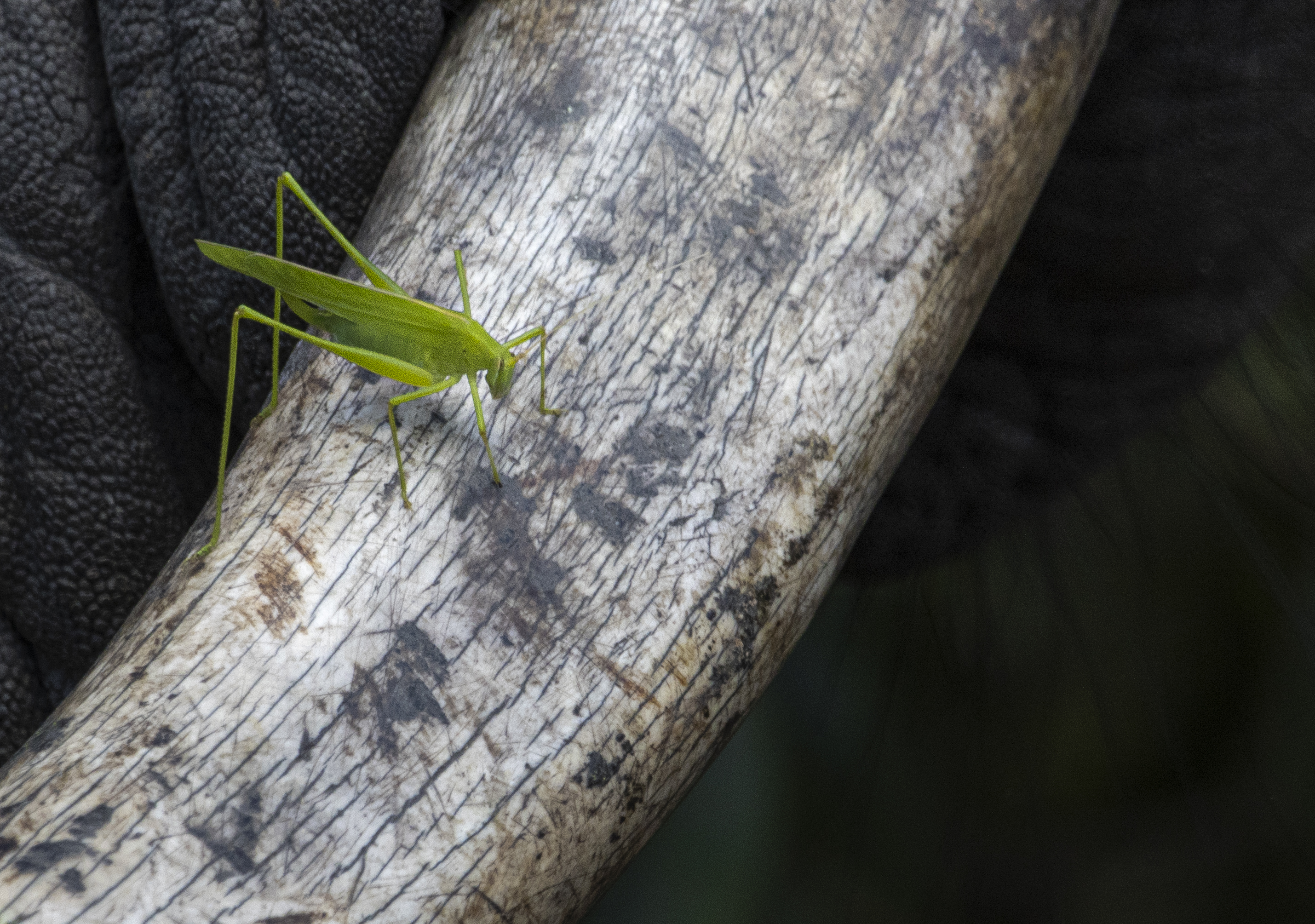
What are some challenges you face when photographing wildlife?
The biggest challenge when photographing wildlife is the fact that the wildlife has no interest in being photographed, so you have to work with whatever situation mother nature gives you.
What do you hope for your future in photography?
I hope to continue spending as much time as I can, out in nature, photographing wildlife, and hopefully one day I will be able to dedicate my life to it and make it my career.

